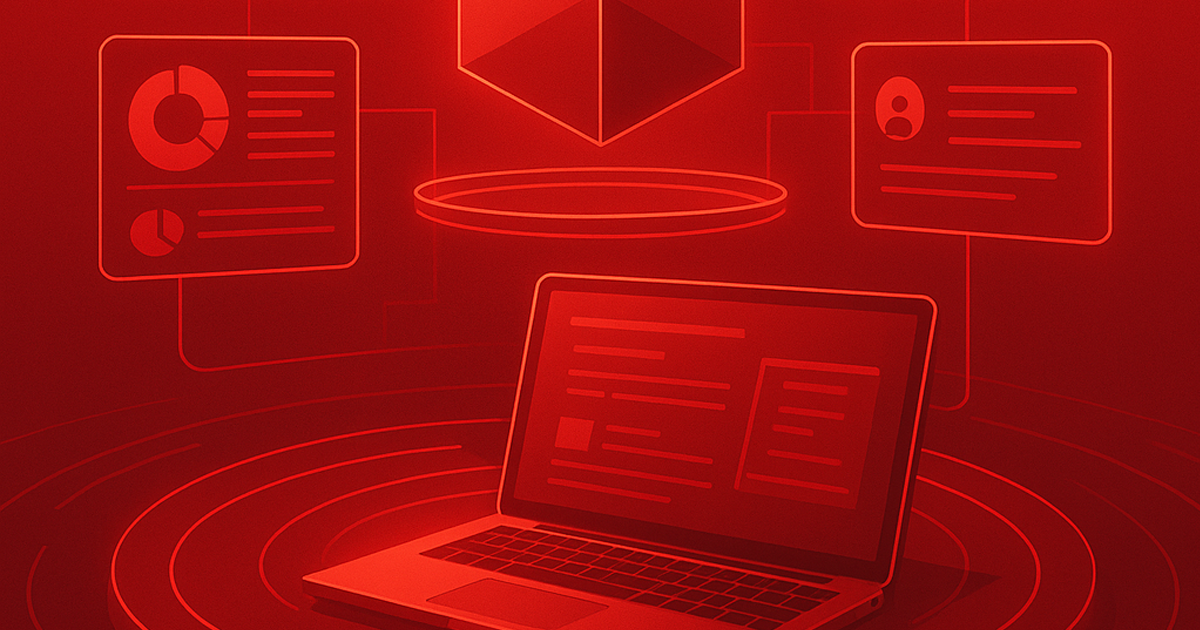The Future of Forex CRM Software: Essential Features for Brokers in 2025

Explore the future of Forex CRM software in 2025. Learn the essential features brokers need from IB management to platform integrations that drive growth and compliance.
The backbone of every successful Forex brokerage is not just the trading platform but the technology that powers client relationships, compliance, and growth. In 2025, the competitive landscape demands more than just execution speed, it requires intelligent automation, streamlined operations, and tools that keep both traders and partners engaged.
This is where Forex CRM software comes in. The right CRM doesn’t just store data; it transforms the way brokers acquire clients, manage IB networks, and retain traders. This article explores the future of Forex CRM software in 2025, outlining the must-have features every brokerage firm should demand.
1. Seamless Onboarding and KYC Automation
The first impression a trader has of a broker is often during the onboarding process. Long forms and manual document checks can deter sign-ups. In 2025, brokers need:
Automated KYC/AML verification with integrations to providers like Sumsub or Ondato.
Frictionless registration flows optimized for mobile devices.
Automated document approval workflows that reduce manual workloads.
This not only accelerates account opening but also ensures compliance in multiple jurisdictions.
2. Integrated IB and Affiliate Management
IBs and affiliates continue to be the lifeblood of broker growth. Without proper tracking tools, brokers risk losing trust and missing payouts. The future of Forex CRM must include:
Multi-level IB structures
Automated commission calculation and distribution
Real-time reporting dashboards for partners
Custom referral links and branded landing pages
Solutions like Brokeret’s Forex CRM already offer these tools, giving brokers the edge to scale IB networks without losing control.
3. Advanced Analytics and Reporting
Data-driven decisions separate leading brokers from the rest. A modern CRM must deliver:
Deposit and withdrawal analysis to monitor client activity
Trader lifecycle tracking from sign-up to retention
Automated reports for compliance and risk management
IB and affiliate performance metrics
This level of visibility empowers brokers to refine marketing strategies, allocate resources wisely, and increase profitability.
4. Multi-Platform Integration (MT5, Match-Trader, cTrader, X9Trader)
Traders expect flexibility, and brokers that offer multiple trading platforms win more clients. A CRM must integrate seamlessly with:
MetaTrader 5 (MT5) – still widely used despite higher costs
cTrader – popular for transparency and advanced tools
Match-Trader – increasingly preferred by startup brokers for affordability
X9Trader – a new platform gaining traction for its customizable features
By consolidating these integrations into one dashboard, brokers can manage accounts, risk, and compliance without juggling multiple systems.
5. Marketing Automation Tools
Marketing is not just about bringing in new clients; it’s about keeping traders engaged. Forex CRMs in 2025 are expected to offer:
Email and SMS campaign automation
Segmentation by trader activity and deposits
Personalized promotions triggered by behavior
Retargeting support for inactive clients
These tools allow brokers to run campaigns with precision, maximizing ROI.
6. Security and Compliance at the Core
With global regulators tightening rules, compliance is more than a checkbox—it is a competitive advantage. A modern CRM must include:
GDPR and data protection compliance
Role-based access controls
Secure API connections with trading platforms and payment providers
Integrated risk management alerts
Security-first systems build trust and safeguard both clients and the brokerage.
7. White Label & Prop Firm Support
Many brokers now expand into prop firm models. CRMs must adapt by providing:
Evaluation and scaling program management
Automated profit split calculations
Account challenge dashboards
Integration with prop-specific trading setups
Brokeret’s Prop CRM has become a go-to solution, enabling firms to launch prop trading programs alongside traditional brokerage services.
8. Future-Proof Scalability
The best CRM in 2025 is one that grows with the brokerage. Features like modular add-ons, API integrations, and multi-brand support ensure that brokers can expand without rebuilding their tech stack.
Conclusion
The future of Forex CRM software lies in automation, integration, and scalability. From onboarding to IB management, analytics, and compliance, every feature must align with a broker’s need to operate faster, smarter, and more efficiently.
Brokers that invest in cutting-edge CRMs not only gain operational efficiency but also deliver better client experiences, leading to higher retention and profitability.
If you’re looking to future-proof your brokerage, explore Brokeret’s Forex CRM and Prop CRM solutions—designed with brokers in mind and built for 2025 and beyond.